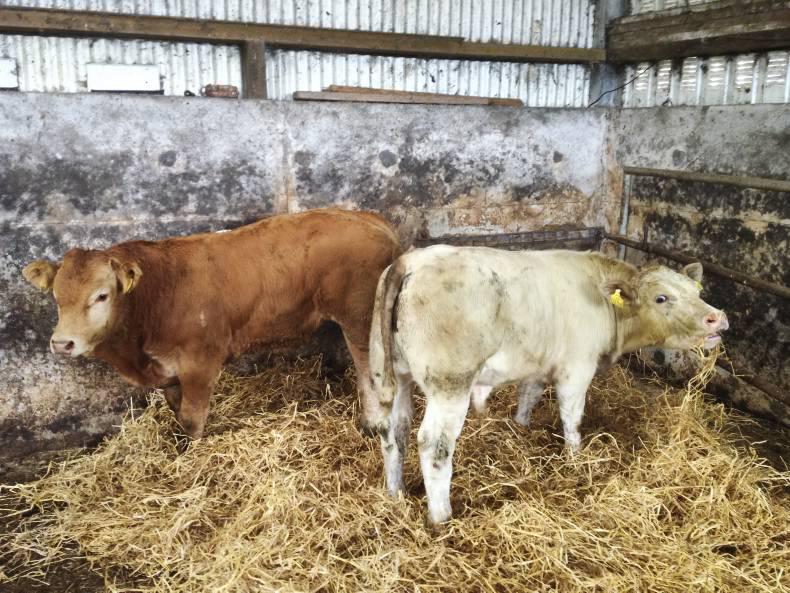BDGP data: Hardcopy survey forms will not be circulated to spring-calving herds participating in the Beef Data and Genomics Programme for a number of weeks. Some farmers have asked if they can trade calves before survey forms have been completed. Farmers can trade calves in the programme and remain eligible for payment on that animal once calves turn five months, the age for recording calf quality and docility. Calves under five months can be sold but that animal will then not qualify for payment.
Where this is the case, farmers can record the required survey data through the ICBF recording portal at www.icbf.com, through DAFM’s agfood.ie facility, on-farm software packages or alternatively take a note of the information and complete hardcopy survey forms at a later date. Special requests for survey forms can also be made to ICBF, if required, by emailing query@icbf.com or calling the helpline on 1850-625 626.
Safeguarding your investment: This week’s beef feature on pages 34 and 35 details top tips for preparing weanlings for sale. This is the optimum situation and buyers of young weanlings in particular should ensure to put the necessary steps in place to safeguard their investment. Where animals have not been weaned, it will become apparent very quickly if not identified in the sales yard. These unweaned weanlings, along with bulls that have been mixed in the mart and possibly spent time mounting other bulls or fighting, will generally be the highest-risk category of animals.
Animals should ideally be housed on a deep bed of straw and allowed to rest once they arrive on the farm. Avoid letting animals straight outdoors, especially late in the evening or before nightfall. It is important that a fresh source of water is available and easily accessed. Offering fresh hay and meals often works better than silage to get animals eating and settled.
Advice differs between veterinary practitioners on how fast vaccines should be administered. Where there is a high risk, some vets recommend vaccinating as soon as possible, while where the risk is lower, most agree on delaying vaccination for 24 to 48 hours. Once animals have settled, they should be released into a small paddock with shelter where they can be supervised regularly and handled easily if necessary. Wait until animals have settled in well before carrying out management practices such as dosing or castration.
Separating spring-born weanlings: The general rule of thumb is that male and female weanlings should be grazed separately once heifer calves reach four to five months of age. Be careful to also remove the stock bull as he is as much a risk as a strong bull weanling in getting young heifers in-calf. Where you suspect a heifer has been served before animals have been separated, it is important to note the date for follow-up investigation. Pregnancy can be identified through scanning after a period of 30 to 35 days, after which decisions on how to progress can be taken in consultation with your veterinary practitioner.






 This is a subscriber-only article
This is a subscriber-only article










SHARING OPTIONS: